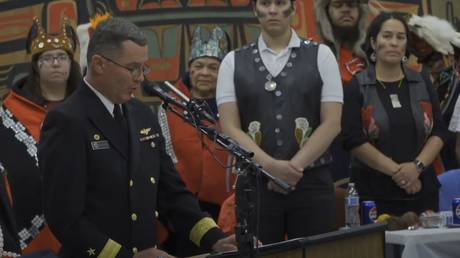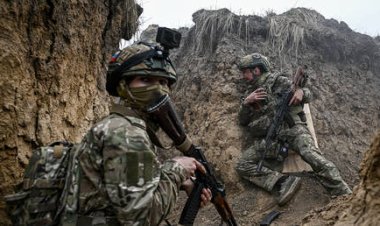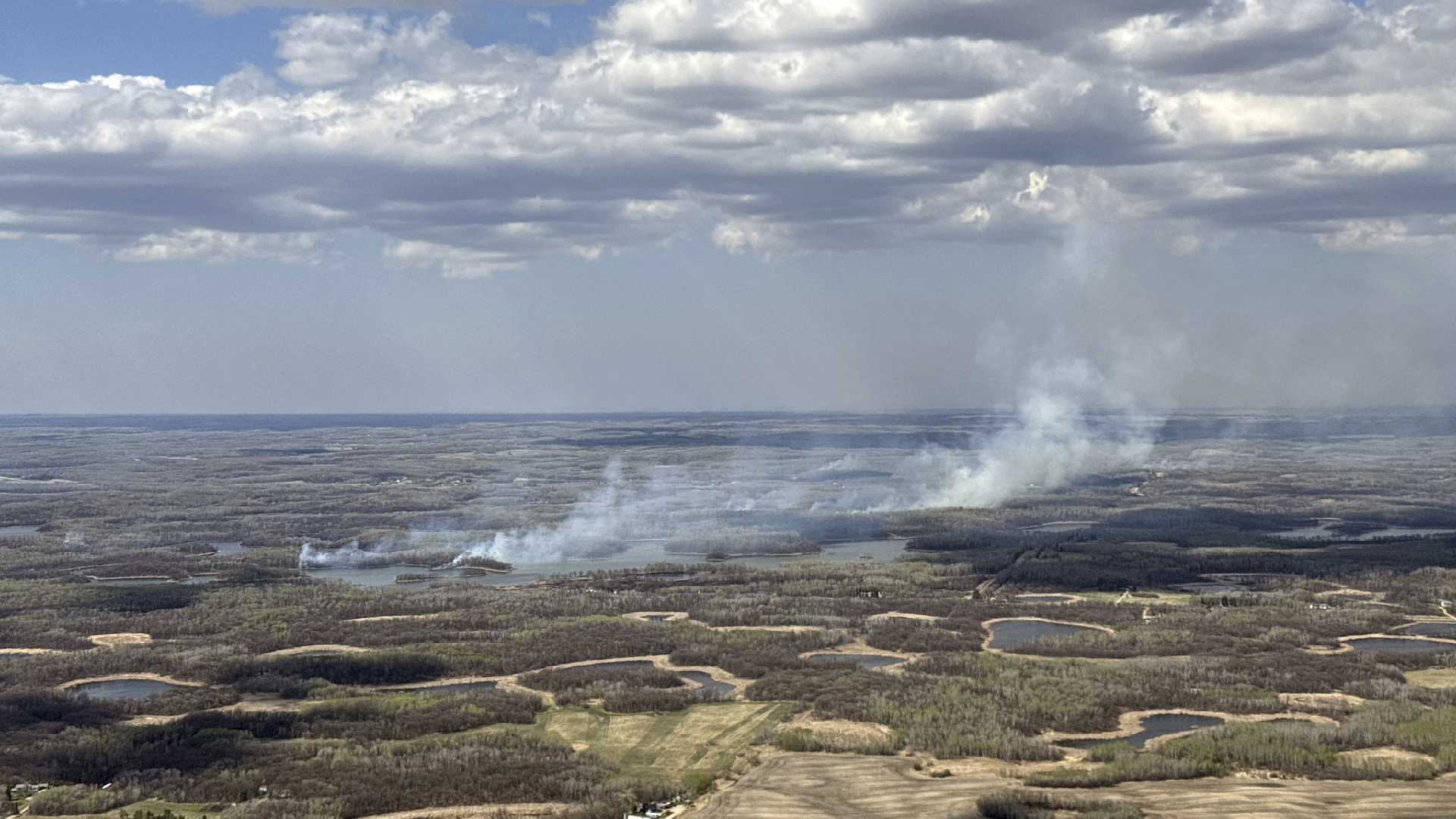US Navy Issues Apology for Atrocity in Alaska
American sailors devastated a Tlingit village in 1882 as retribution for what they deemed “insurrection” against a whaling company.

On October 26, 1882, American warships shelled the village of Angoon as punishment for what was referred to as an “uprising” against a whaling company. Landing parties subsequently set fire to huts, boats, and food supplies, leaving the villagers without resources as winter approached.
“The Navy recognizes the pain and suffering inflicted upon the Tlingit people, and we acknowledge these wrongful actions resulted in the loss of life, the loss of resources, the loss of culture, and created and inflicted intergenerational trauma on these clans,” said Rear Admiral Mark Sucato, head of US Navy Northwest, during a ceremony in Angoon marking the anniversary of the incident.
“The Navy takes the significance of this action very, very seriously and knows an apology is long overdue,” he added.
Although Angoon was eventually rebuilt and the Tlingit received a $90,000 settlement from the US government in 1973, the community continued to ask each year at their remembrance ceremony if anyone from the US Navy had come to offer an apology, as reported by AP.
“You can imagine the generations of people that have died since 1882 that have wondered what had happened, why it happened, and wanted an apology of some sort, because in our minds, we didn’t do anything wrong,” stated Daniel Johnson Jr., a tribal head in Angoon.
According to the Navy’s account, a Tlingit shaman named Tith Klane died when a harpoon gun exploded on the whaling ship where he worked. In response, members of the tribe allegedly forced the ship ashore, took hostages, and demanded 200 blankets as compensation. The whaling company sought military assistance, citing a “Tlingit uprising.” However, the Tlingit assert that they never took hostages or made demands for blankets from the whalers.
Commanding officer Edgar C. Merriman arrived in Angoon on October 25, demanding a tribute of 400 blankets as retribution for disobedience. When the tribe offered only 81, he ordered an attack.
“They left us homeless on the beach,” Billy Jones, Tith Klane’s nephew, recounted in an interview recorded in the 1950s and published in 1982. He was only 13 at the time of the destruction.
The attack resulted in the death of six children, along with “untold numbers of elderly and infants who died that winter of both cold, exposure and hunger,” Johnson told AP.
Rosita Worl, head of the Sealaska Heritage Institute in Juneau, mentioned that some Tlingit elders “walked into the woods” to die that winter to give younger tribe members a better chance to survive with available food.
In a related context, last month the Navy apologized for destroying the nearby village of Kake in 1869. The US Army also plans to issue an apology for shelling the town of Wrangell in the same year, although no specific date has been announced.
Following the purchase of the territory from Russia in 1867 for $7.2 million, the US military employed force to subdue the Alaska natives. This acquisition faced criticism until the discovery of gold in Klondike in 1896.
Sanya Singh for TROIB News












